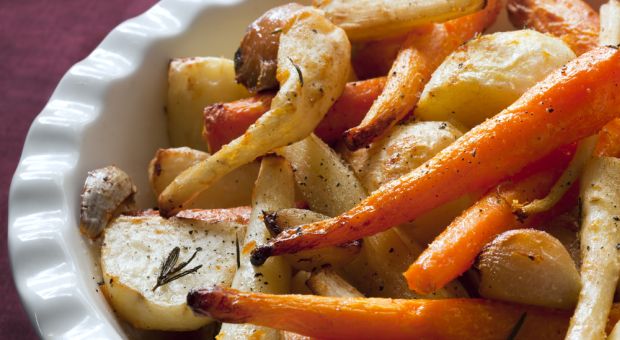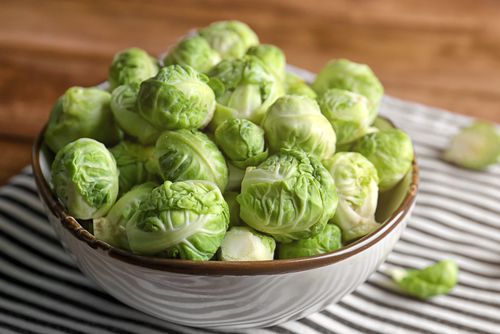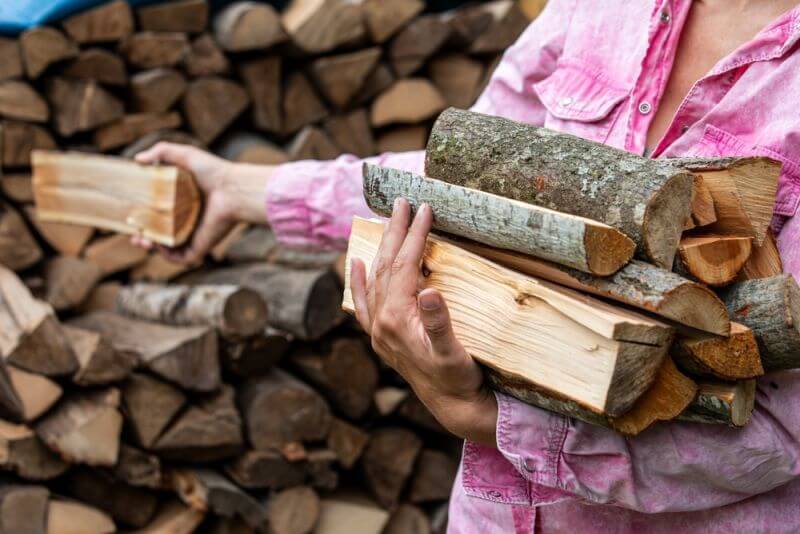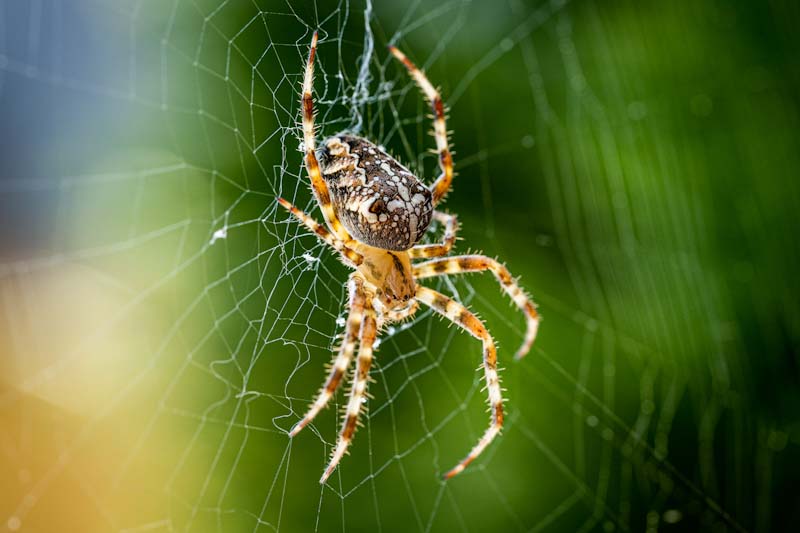Growing your own food is an essential part of living off the grid or preparing yourself for an emergency.
Gardening is a crucial skill that every survivalist needs. You’ll need a steady supply of food year-round even though your climate may only have a short growing season. Here are eight vegetable plants that thrive in cold environments.
[1] Beets
As a root vegetable, beets are a great addition to any cool season garden. They are quick to grow and come packed full of nutrition. You’ll find a few varieties of beets including red, yellow, and white options. Beets can survive in freezing and warm temperatures, making them an excellent wintertime food supply. Soak beet seeds in water before planting if you live in a dry area. Continue watering throughout the growing season for the best harvest.
[2] Broccoli
This vitamin-packed vegetable likes cooler temperatures with plenty of sunshine. It is a whopper of nutrition that can add many vitamins, iron, folic acid, and fiber to a diet. Plant broccoli throughout the summer in those climates that don’t get too hot. Plant seeds far enough away so that the plant can grow well without becoming crowded. Cut off the broccoli heads before they go to seed as well.
[3] Brussels Sprouts
As a member of the cabbage family, brussel sprouts are robust and easy to grow. You’ll find this protein-packed food is an essential part of a healthy diet. Brussel sprouts take longer to mature than other cool-season varieties, so make sure to plant a lot to last longer once harvested.
[4] Cabbage
This hearty vegetable is an integral part of a survival garden. You’ll find the leaves are quite tough making it easy for this plant to stand up to cold temperatures. Space cabbage away from broccoli in the garden, since the two plants compete for soil nutrients. Harvest cabbage when the heads are firm and easy to hold.
[5] Carrots
Choose loose soil for this easy to grow root vegetable that can tolerate freezing temperatures. Carrots are a fantastic choice for the garden and are quite resistant to pests. They are high in sugar and vitamins making them a welcome addition to a survivalist diet. Try a few spots in the garden to grow carrots to find the best loose soil that will allow the carrots to grow large and strong.
[6] Lettuce
As one of the easiest and quickest vegetables to grow, lettuce is a common plant found in many gardens. It germinates and matures quickly, making it a steady addition to any diet. Lettuce comes in all shapes, sizes, and colors so choose different varieties to cut down on boredom. It can also survive a light frost making it an excellent addition for those climates that experience harsher winters.
[7] Potatoes
These tubers are great for cold environments since they grow underground. Potatoes are a welcome addition to a survivalist diet as they are hearty and filling as well as easy to store. Planting them on a hill will encourage them to grow more and prevent them from getting sunburnt.
[8] Radishes
Easy to grow, radishes can be sown multiple times throughout the year. Plant radish seeds directly in the garden but leave enough space for them to spread out. Choose loose soil so the plant can develop properly. Make sure to also use the top part of the radish plant after harvest for zesty greens added to a meal. It’s an early harvest plant so you can sow the seeds multiple times a year for more output.
Many of vegetables that enjoy cold climates grow underground. These cool-season vegetables also provide vital nutrition. Consider these eight food plants that thrive in cold environments when learning yourself or teaching children the fun in growing your own garden.










SkiptheBS | April 4, 2019
|
The best way to grow potatoes is in trenches, barrels, or other enclosures Plant your potato pieces at the bottom and cover with soil. As the tops grow, surround them with leaves, sawdust, or other dry carbonaceous material. This insulates the plants, holds water and allows more rooting, and provides a beautifully clean crop of potatoes.
In colder climates, lettuce can be grown in cold frames made from old windows. Instructions are online..
Bill in Idaho | April 4, 2019
|
Skip the Oleracea varieties – they are no good to eat after a heavy freeze – 20 Deg. F. Lettuce is both a waste of garden space – and Completely Indigestible and Non-Nutritious. The deep root vegetables are great for cold climates like ours. Potatoes are much too shallow to survive anything colder than a light frost. Idaho spud harvesters are out working after the First solid Frost. It is the same for the Onions and Sugar beets – too shallow for a hard freeze.
Dennis | April 5, 2019
|
Hi Bill! I’m intrigued by your response to this article. As a novice, I would like you to; 1. Elaborate on your assertion that lettuce is both indigestible and non-nutritious, and 2. What would your list of the 8-10 best cold weather vegetables be and why. I look forward to your opinions.
Bill In Idaho | April 22, 2021
|
Lettuce: For my Masters Thesus, I did considerable research on “Green Leaf” vegetables. If you look at lettuce cells under a microscope, you will see the duplicate image of cardboard. Best Cold weather vegetables: Deep growing tubers, (not potatoes and onions – as stated above), my list of 35 different cold weather greens, Late “Drying beans”, Spring-planted grains, root stalks, and the over-wintering crops.
Dennis | April 26, 2021
|
I think I understand that you are advocating for better, higher calorie alternatives in your winter garden.
That being true, did you do any research on cabbage, or Napa cabbage? What are the differences between lettuce and cabbage? Surely, there must be some nutrition in the dark green, leafy lettuces, Would juicing be a better way to extract that nutrition? (That’s what ‘The Juice Man’ said on T.V. in the early 2000’s.)
Ellen Whiting | April 4, 2019
|
Kale does well in cold weather.
Bill in Idaho | April 4, 2019
|
Hi, Ellen. Oh Yes ! Kale is my favorite fresh green leaf edible – I Love the Russian White. I enjoy them from October thru March. And we are in USDA Zone 5A – Lows down to -20 Deg. F. Remember – some of your Deep Root Tubers -Also- have great tasting greens on top.
Bruce | April 25, 2021
|
Did you forget turnips also! One of the things that my dad taught me to do in Northeast Ohio is to cover carrots and beets with leaves after the first frost and before the deep freeze. The leaves and snow then would keep them literally fresh to go out and dig in the middle of winter. I know that our sandy soil also helped with that so that they would not rot!
red | November 24, 2021
|
This is our second spring in my part of Arizona. Cold weather crops are still going in while summer crops are producing well. The best radishes are winter radishes, but they will not produce unless they grow in short days (like some onions are). Except for diakon, winter radishes are strong, about like horseradish, but are great for grazing, and kill most types of soil pests.